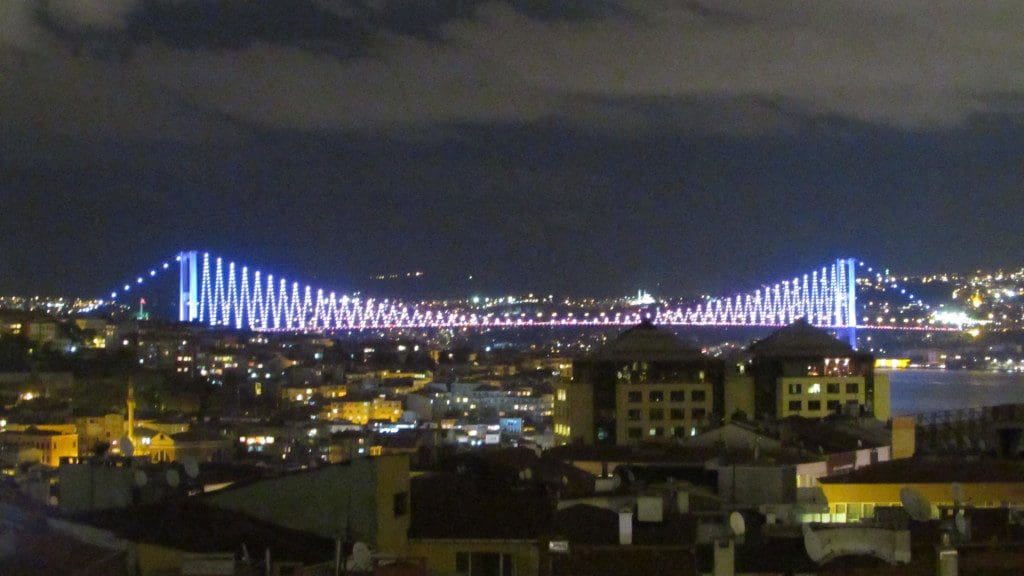 Although Istanbul is not Turkey’s capitol, it is the country’s largest city and has the unique distinction of being the only city in the world that resides in two continents: Europe and Asia. The beautiful Bosphorus Bridge, as well as frequent ferries connect the east and west sides of the sprawling city. The culture, as well as the geography, is an amalgamation of Middle Eastern and Western European with ancient traditions and hospitable people.
Although Istanbul is not Turkey’s capitol, it is the country’s largest city and has the unique distinction of being the only city in the world that resides in two continents: Europe and Asia. The beautiful Bosphorus Bridge, as well as frequent ferries connect the east and west sides of the sprawling city. The culture, as well as the geography, is an amalgamation of Middle Eastern and Western European with ancient traditions and hospitable people.
To completely explore all of Istanbul would take weeks, but here are the top do-not-miss sights if you only have a couple days or are visiting on a cruise ship.
Istanbul’s Sultanahmet
Four of Istanbul’s most magnificent sights are close together in the heart of the Old City, called Sultanahmet.
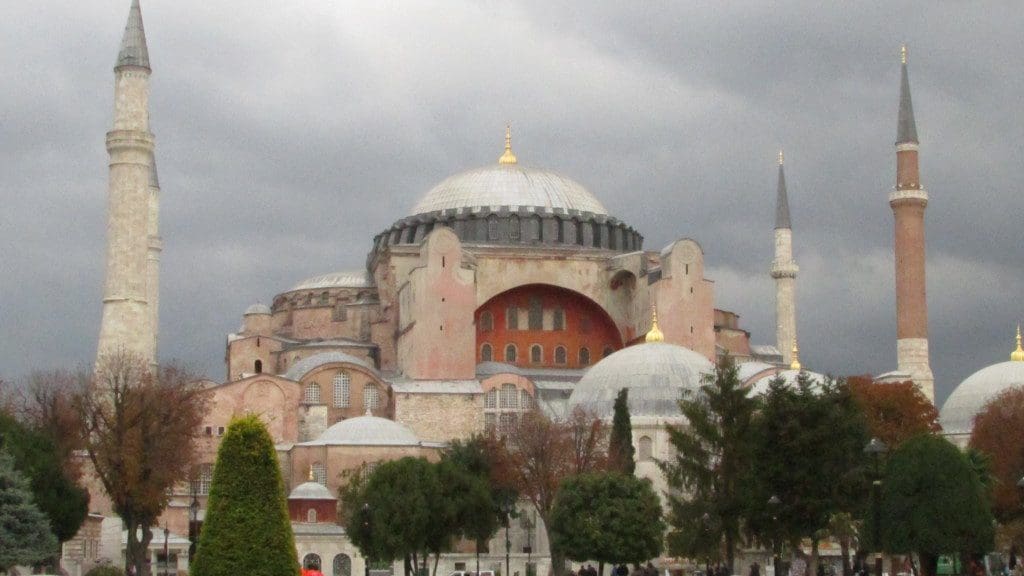
Haghia Sophia was built as a place of worship in AD 360 and remained the largest unsupported stone dome in the world until the Florence Duomo was built in the 15th century. Built as a Christian church, then converted to an Islamic mosque in 1453, and finally into a museum in 1931, this important building has a tremendous amount of religious, architectural and historical significance.
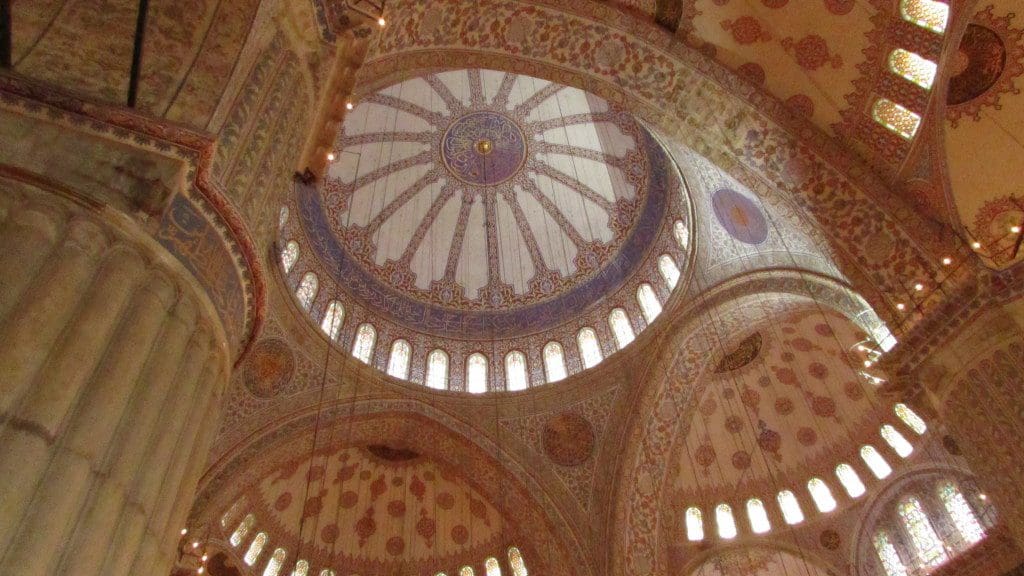
The Blue Mosque, so named for the blue Iznik tiles that cover its interior, is considered to be one of the world’s most beautiful. Built on the orders of Sultan Ahmet in 1603 and still in use for religious services, it is the only one of the 7,000 mosques in Istanbul, and indeed  in all of Turkey, to have six towering minarets. Mosques built by the local community have one minaret, those built by a royal family member have two and only those ordered by sultans have four. Six was considered sacrilegious because it rivaled the Haram Mosque in Mecca. Travel Maestro tip: Visitors must remove shoes and, as in all mosques, women must cover their heads, so carry a scarf with you.
in all of Turkey, to have six towering minarets. Mosques built by the local community have one minaret, those built by a royal family member have two and only those ordered by sultans have four. Six was considered sacrilegious because it rivaled the Haram Mosque in Mecca. Travel Maestro tip: Visitors must remove shoes and, as in all mosques, women must cover their heads, so carry a scarf with you.
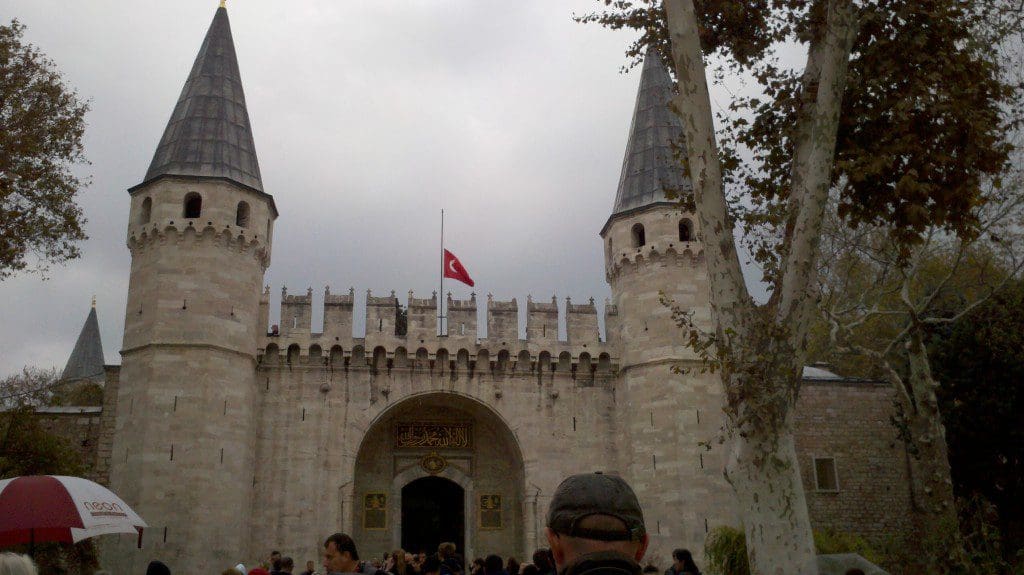 Topkapi Palace is an immense palace in a sprawling series of buildings and wings surrounding four courtyards. It was the primary residence of Ottoman sultans for 400 years. The collections of fine Chinese porcelain, sultan’s costumes, armor and the Imperial Treasury and the Harem rooms give a glimpse of the opulence that was the Imperial lifestyle. Travel Maestro tip: a visit to Topkapi can easily fill three hours to a full day.
Topkapi Palace is an immense palace in a sprawling series of buildings and wings surrounding four courtyards. It was the primary residence of Ottoman sultans for 400 years. The collections of fine Chinese porcelain, sultan’s costumes, armor and the Imperial Treasury and the Harem rooms give a glimpse of the opulence that was the Imperial lifestyle. Travel Maestro tip: a visit to Topkapi can easily fill three hours to a full day.
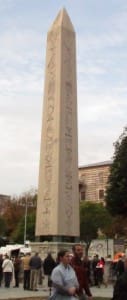 The Basilica Cistern is a huge underground reservoir that provided water to the Grand Palace of the Byzantines and later Topkopi Palace. You might remember a scene in From Russia with Love as James Bond floated through the forest of 300 mismatched columns supporting the 25-foot tall roof. In 1987 after many years of restoration, it was reopened for public viewing and the occasional concert.
The Basilica Cistern is a huge underground reservoir that provided water to the Grand Palace of the Byzantines and later Topkopi Palace. You might remember a scene in From Russia with Love as James Bond floated through the forest of 300 mismatched columns supporting the 25-foot tall roof. In 1987 after many years of restoration, it was reopened for public viewing and the occasional concert.
Also in Sultanahmet nearby these four massive structures is the remains of the Roman Hippodrome, an arena that was once the site of Byzantine chariot races. Now it is only a grassy field, but two original granite obelisks dating from the fifth century BC still solidly stand in the center.
Istanbul’s Covered Bazaars
Istanbul is also home to one of the most extraordinary bazaars in the world, the Grand Bazaar. Do not miss this quintessential market experience! It’s a huge labyrinth of crowded stalls and stores, all under an ancient roof, where merchants hawk all sorts of exotic Turkish goods from leather to jewelry, trinkets to antiques. Some stalls have fixed pricing on their items, but be prepared to haggle for the vast majority of purchases. Travel Maestro tips: The merchants can be quite aggressive in trying to attract patrons into their shop, but you can decline by quickly tipping your head back and make a “tsk” sound. It isn’t rude – it just means “not interested.” Also, write down the name of the gate you enter if you hope to leave by the same one. You will get lost!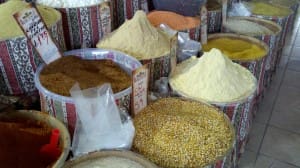
Next to the Grand Bazaar is the Book Bazaar where you can peruse everything from ancient tomes to modern magazines. Nearby is the famous Spice Bazaar with stalls selling … yes, spices! You’ll also find dairy products and other food goods. A visit is well worth the visual and cultural color, even if you’re not shopping for dinner preparations.
Istanbul’s Besiktas Neighborhood
The grand Dolmabahce Palace, completed in 1856, was one of the last Imperial palaces built as the Ottoman Empire was in decline. Its scale and opulence ultimately bankrupted the royal treasury. The palace has 285 rooms, including 44 reception rooms. The incredible main ceremonial hall holds 2,500 people and is highlighted by a magnificent English chandelier. The main hamam (bathroom) has Egyptian alabaster walls and solid silver taps. Mustafa Kemal Ataturk, the revered founder of modern Turkey, died in his bedroom while visiting the palace November 10, 1938. Travel Maestro tip: Notice that all of the clocks in the palace are permanently set at 9:05, the time of Attaturk’s death, to honor him.
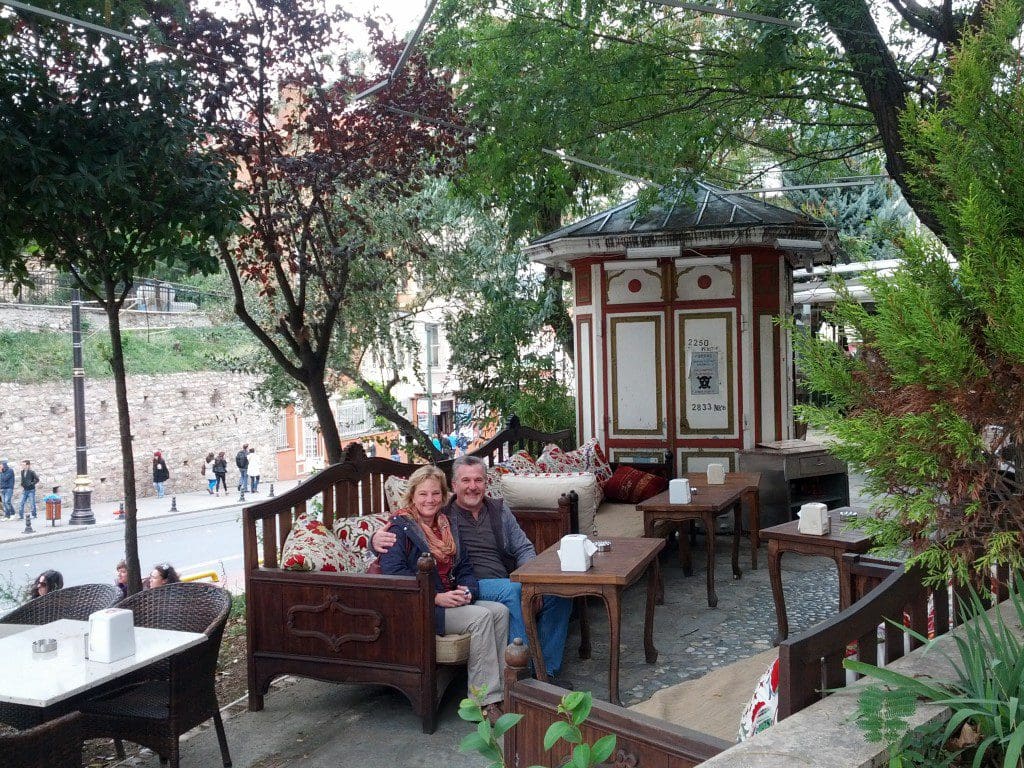 When you are tired of walking you can board a Bosphorus sightseeing cruise to see the many stately palaces and homes along the waterfront. Or just have a cup of tea at a waterside café with views of the lovely Bosphorus Bridge and the never-ceasing ferries and tankers that ply the waters past the famous Maiden’s Tower.
When you are tired of walking you can board a Bosphorus sightseeing cruise to see the many stately palaces and homes along the waterfront. Or just have a cup of tea at a waterside café with views of the lovely Bosphorus Bridge and the never-ceasing ferries and tankers that ply the waters past the famous Maiden’s Tower.
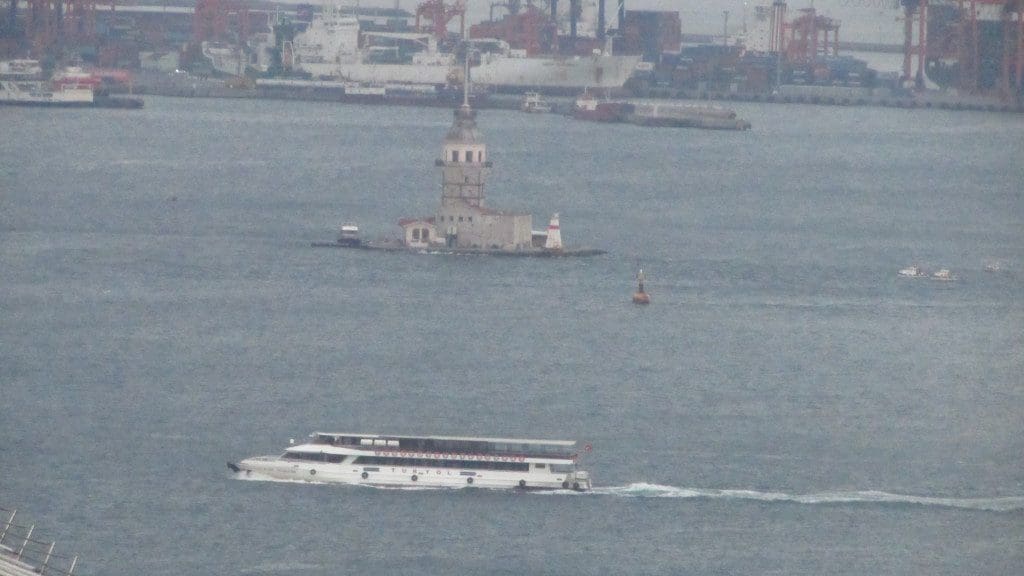 Istanbul is a vibrant, cosmopolitan city with so much more than just these highlights to discover. The shopping, dining and nightlife are all excellent, but you should take time to meet the people, too. They are warm and welcoming and very proud of their country. I recommend an absolute minimum of three days in Istanbul with a full week if at all possible.
Istanbul is a vibrant, cosmopolitan city with so much more than just these highlights to discover. The shopping, dining and nightlife are all excellent, but you should take time to meet the people, too. They are warm and welcoming and very proud of their country. I recommend an absolute minimum of three days in Istanbul with a full week if at all possible.
I’ll be writing more about this exotic and magical country, so please be sure to return. For more information or to plan your trip to this magical city, contact a Covington Vacation Specialist.

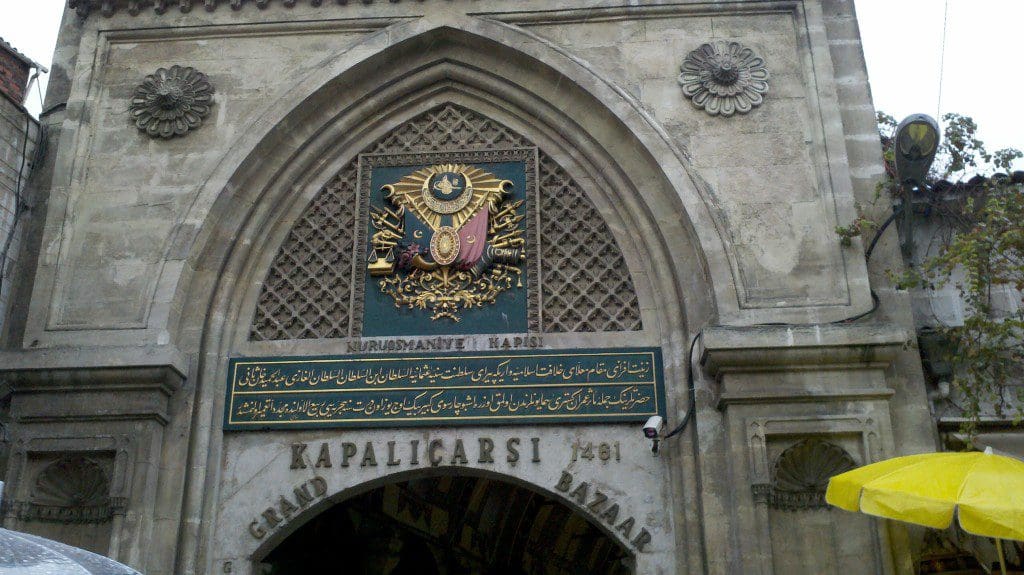
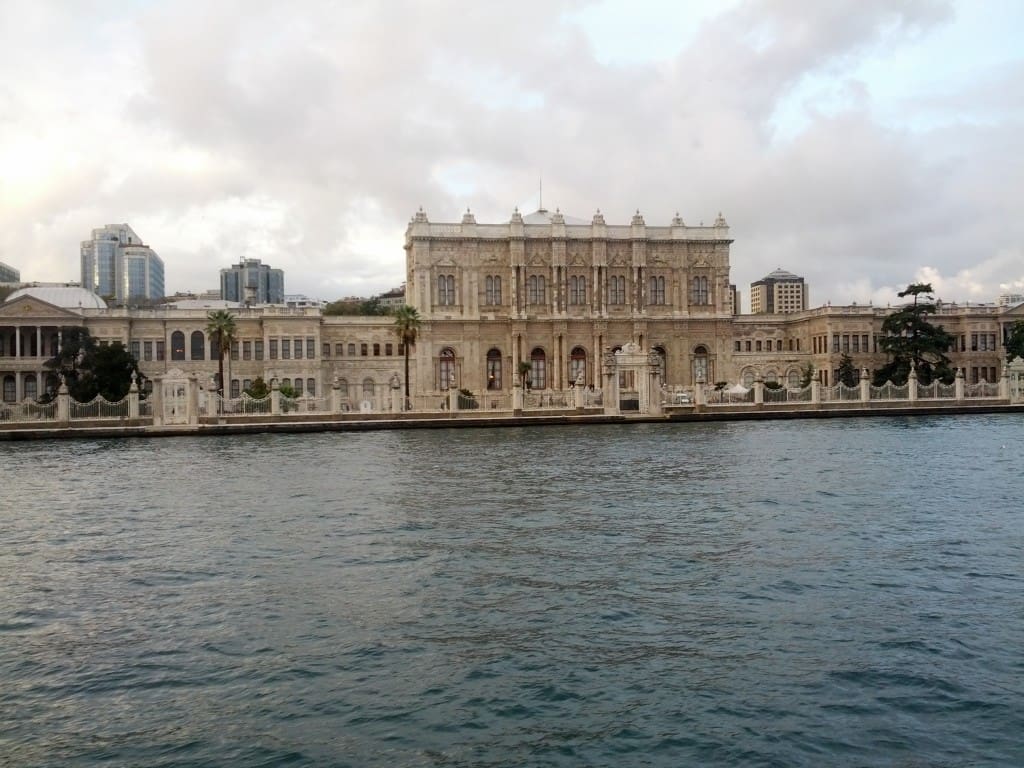





[…] Istanbul is a huge city of 20 million people spanning the Bosphorus Strait that separates Europe and Asia, making it the only dual-continent city in the world. The traffic is unbelievable – don’t even think about driving there. Visiting the magnificent mosques and palaces, shopping in the Grand Bazaar and savoring the culinary delights are all part of the Istanbul experience. […]